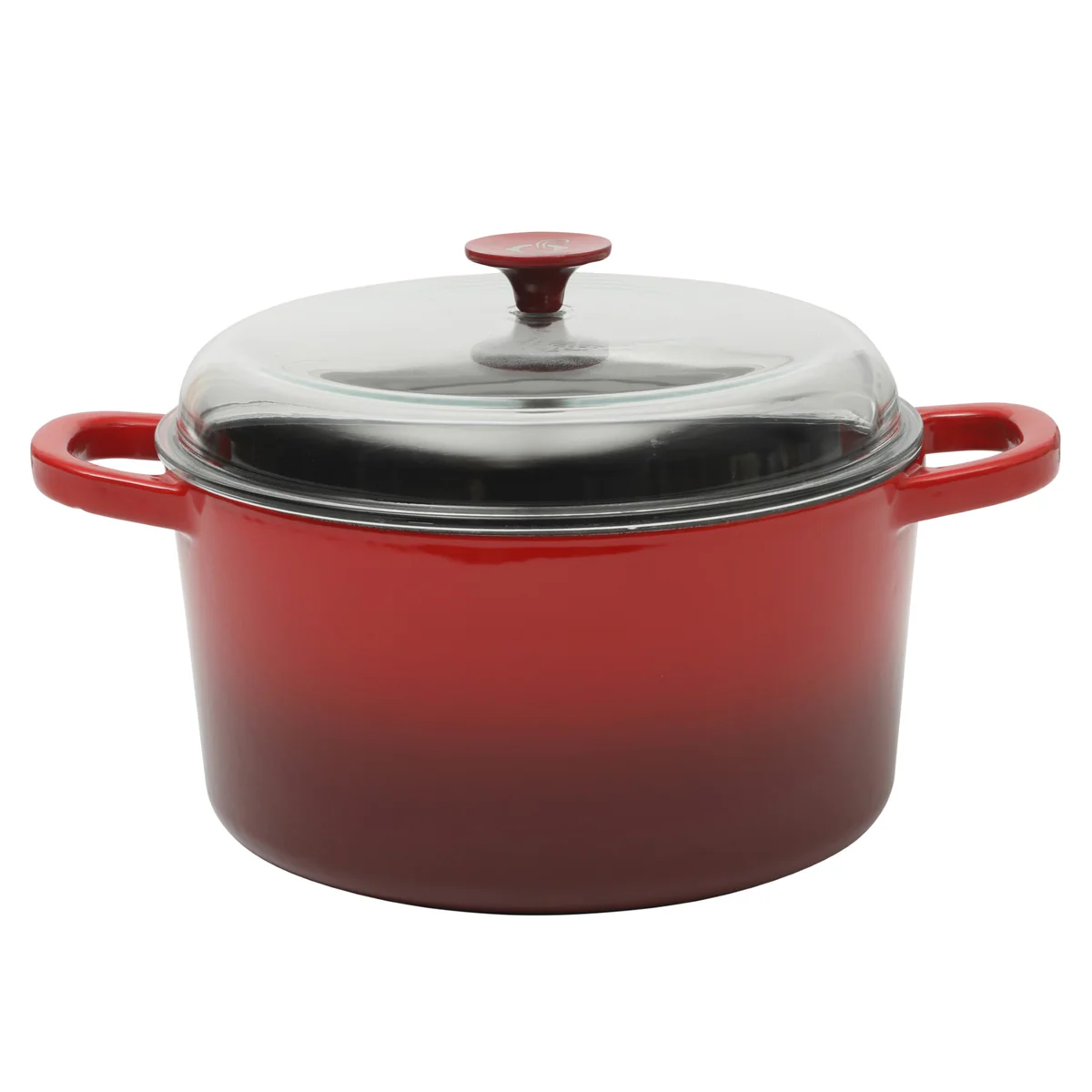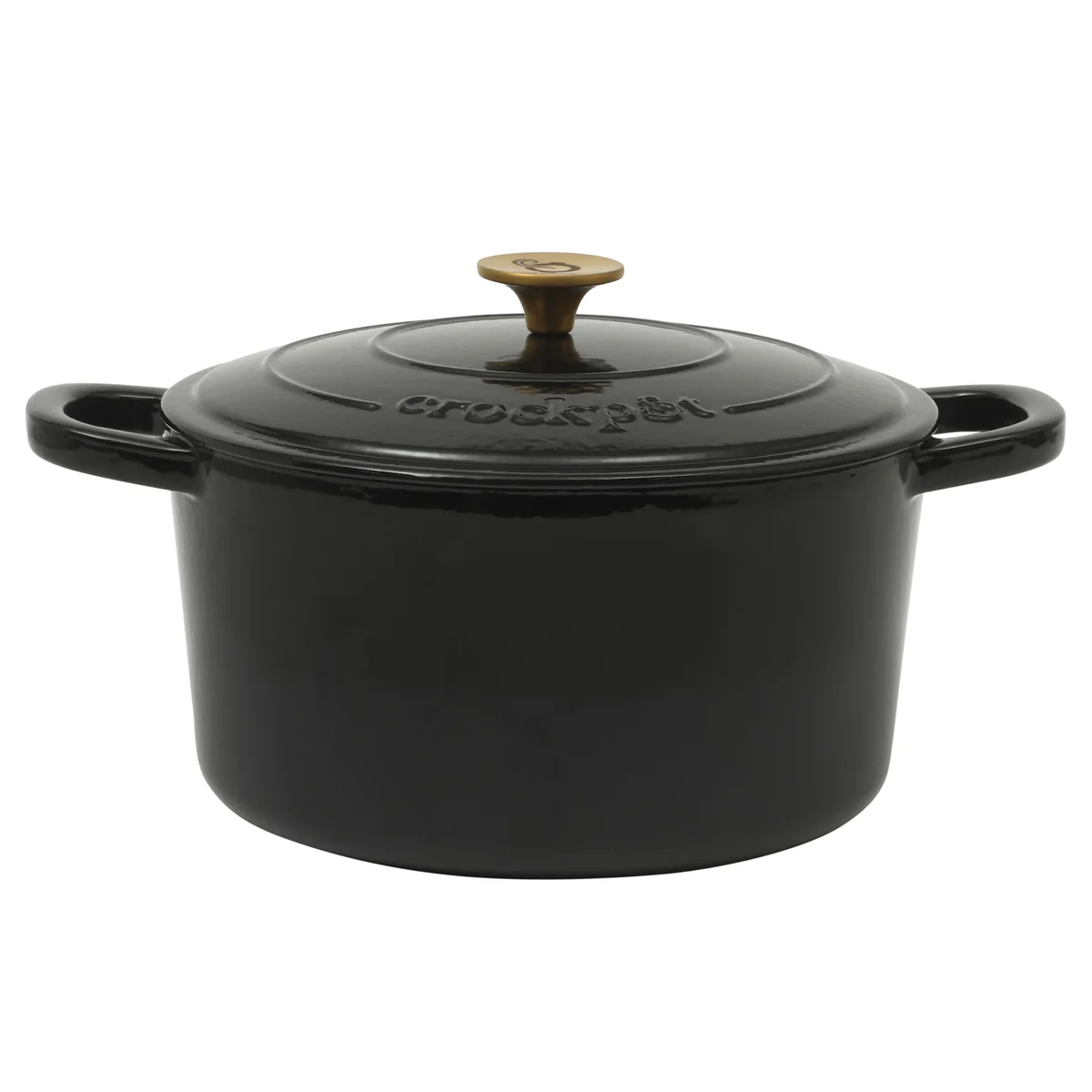Let’s be honest, we all love that “set it and forget it” magic of a slow cooker. The aroma of a simmering pot roast or a hearty chili filling the house all day is pure comfort. But what about the aftermath? The scrubbing, the soaking, the wrestling with that heavy ceramic insert to get rid of baked-on sauce. It’s the one part of the slow cooking dream that can feel like a chore. If you’ve ever wished for a magic wand to make cleanup disappear, then we need to talk about one of the most debated accessories in the slow cooking world. So, What Are Slow Cooker Liners and are they the kitchen hack you’ve been missing?
Here at Crock Potz, we’re all about making delicious food with minimum fuss. I’ve spent years testing gadgets and gizmos, and slow cooker liners have earned a permanent spot in my kitchen cabinet. In this ultimate guide, we’ll break down everything you need to know, from safety and sustainability to the right way to use them, so you can decide if they’re right for you.
What Exactly Are Slow Cooker Liners?
Think of a slow cooker liner as a fitted, heavy-duty, food-safe bag that sits inside your slow cooker’s ceramic pot (the insert). It creates a barrier between your food and the pot itself. When your meal is done, you simply lift the liner—and the mess—out of the pot and toss it away. The result? Your ceramic insert is left virtually spotless, often needing just a quick rinse and wipe-down instead of a full-on scrub session.
They are typically made from a special type of nylon resin or plastic that is specifically designed to withstand the low, consistent heat of a slow cooker for many hours without melting or leaching chemicals into your food.
A Pro’s Perspective: Food blogger Sarah Carter, an expert in convenient family meals, says, “The key to a successful liner experience is the fit. A liner that’s too small can stretch and tear, while one that’s too big can fold over and trap steam. Always buy the right size for your Crockpot.”
The Big Question: Are Slow Cooker Liners Safe?
I get it. The idea of cooking your food in a plastic bag for eight hours can feel a little strange at first. This is the number one question I get, and it’s a valid one. The good news is that liners from reputable brands are perfectly safe when used as directed.
Here’s the deal:
- BPA-Free: Virtually all major brands of slow cooker liners are made without Bisphenol A (BPA), a chemical that has raised health concerns. Always check the packaging to confirm it says “BPA-Free.”
- FDA-Approved: These products are made from materials that the U.S. Food and Drug Administration (FDA) has approved for cooking and food contact.
- Designed for Heat: The nylon resin used is engineered to be stable at temperatures well above what a slow cooker can reach, even on the “High” setting. It won’t melt or break down into your delicious pot roast.
My own journey with liners started with a bit of skepticism. But after a particularly stubborn baked-on chili incident that required an overnight soak and 20 minutes of intense scrubbing, I decided to do my research. Learning that they were made from FDA-approved, heat-stable materials gave me the confidence to try them, and I’ve never looked back.
The Pros and Cons: Should You Use Them?
Like any kitchen tool, liners have their fans and their critics. To help you decide, let’s lay out the good, the bad, and the practical.
### The Amazing Benefits (The Pros)
- Effortless Cleanup: This is the star of the show. For sticky, sugary sauces like in a pulled pork recipe, or cheesy dips, liners are a true game-changer. Cleanup time is reduced from minutes of scrubbing to mere seconds.
- Protect Your Cooker: They prevent scratches on your ceramic insert from utensils and prevent stubborn stains from tomato-based or dark-colored sauces, keeping your Crockpot looking new for longer.
- Perfect for Potlucks: Taking your slow cooker to a party or a potluck? Just serve straight from the cooker. When it’s time to go home, you can lift the liner out, tie it up, and take the leftovers with you without having to transport a dirty, heavy pot.
- Easier Food Transfer: Lifting a flexible liner can be much easier than trying to scoop out every last bit of a stew or soup from a heavy, hot ceramic pot.
### The Potential Downsides (The Cons)
- Environmental Impact: As a single-use plastic product, liners contribute to household waste. This is a significant consideration for many eco-conscious home cooks.
- Ongoing Cost: While not expensive, it is an added cost to your grocery bill. If you use your slow cooker multiple times a week, this can add up over time.
- Risk of Punctures: Using sharp utensils like forks or knives to stir or serve can puncture the liner, leading to leaks that defeat the purpose. Always use wooden, silicone, or plastic utensils.
- They Can Interfere with Some Recipes: If your slow cooker has a stove-safe insert and a recipe calls for searing meat in the pot before slow cooking, you cannot do this with a liner in place.
How to Use Slow Cooker Liners the Right Way
Using a liner is incredibly simple, but a few small details can make all the difference between a clean pot and a leaky mess.
- Open and Place: Unfold the liner and place it inside the ceramic insert of your slow cooker.
- Fit It Snugly: Gently push the liner down so it conforms to the bottom and sides of the pot. Pull the top edge of the liner over the rim of the pot. You want a smooth, snug fit with no large air pockets trapped at the bottom.
- Add Your Ingredients: Carefully add all the ingredients for your favorite one-pot meal directly into the liner, just as you would into the pot itself.
- Cook as Directed: Place the lid on your slow cooker and cook according to your recipe’s instructions. The liner will not affect the cooking time or temperature.
- Serve with Care: When serving, use non-sharp utensils (spoons, ladles) to avoid tearing the liner.
- The Magical Cleanup: Once the cooker has cooled down, carefully gather the top of the liner, lift it out of the pot, and discard it. Your pot should be clean! Never lift the entire heavy ceramic pot by holding onto the liner edges.
Expert Tips and Common Mistakes to Avoid
After countless meals made with liners, I’ve learned a few tricks to ensure perfect results every time.
- Size Matters: Make sure you buy the right size liner for your slow cooker. They come in various sizes, from small 1-3 quart liners to large 6-8 quart versions. A well-fitting liner is less likely to leak.
- Add a Splash of Water: Some users swear by adding a tablespoon or two of water between the ceramic pot and the liner before putting in the food. This can help prevent any potential hot spots, though it’s not strictly necessary.
- Don’t Overfill: Just like with regular slow cooking, don’t fill the liner more than two-thirds full to prevent bubbling over and to ensure even cooking.
- Check for Leaks: Before you toss the liner, give your pot a quick visual check to make sure nothing has leaked through a tiny, unseen puncture.
Frequently Asked Questions
### Can I reuse slow cooker liners?
No, slow cooker liners are designed for single use only. Reusing them can pose a food safety risk as it’s difficult to clean them thoroughly, and the plastic may degrade after one heating cycle.
### Do slow cooker liners affect the taste of my food?
When used correctly, a high-quality, food-safe liner should not impart any flavor to your food. They are made from neutral materials that don’t react with ingredients.
### What if my liner melts?
This is extremely rare. If a liner melts, it’s likely due to a manufacturing defect or because it came into direct contact with a heating element (which shouldn’t happen inside the ceramic insert). Discard the food and the liner, and contact the manufacturer.
### Can I use a standard oven bag instead of a slow cooker liner?
It is not recommended. While they look similar, oven bags and slow cooker liners are formulated for different cooking environments and temperatures. Always use a product specifically labeled for use in a slow cooker.
### Do liners work for all slow cooker recipes?
They work for about 95% of them! They are ideal for soups, stews, roasts, chilis, and dips. The only time they aren’t suitable is if your recipe requires browning or searing in a stove-safe slow cooker insert before the slow-cooking phase begins.
The Final Verdict
So, what are slow cooker liners? They are a fantastic tool of convenience. They aren’t a necessity, but for busy weeknights, potlucks, or anyone who simply despises scrubbing pots, they can feel like a miracle. They allow you to focus on the joy of creating a delicious, home-cooked meal and spend less time at the sink afterward.
Whether you decide to use them every time or just save them for your stickiest, messiest recipes, understanding how they work can help you get the most out of your beloved slow cooker.
Have you tried slow cooker liners? Are you a fan or do you prefer the traditional method? Share your experiences and tips in the comments below! We love hearing from the Crock Potz community.
